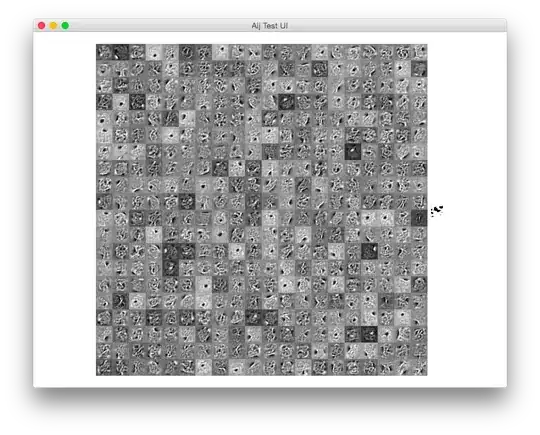Using the probability distribution density functions dbinom, dnorm, etc. and the corresponding cumulative probability functions pbinom and pnorm, I noticed that the dnorm density values could be smaller than the corresponding cumulative probability pnorm values. In the example below, the dnorm value for an x=5.2 is about 5 times larger (.005) than the corresponding pnorm value (.001). How can this be?
x <- seq(4, 10, .3)
point_density <- round(dnorm(x, 6.8, .5),3)
cumulated_probability <- round(pnorm(x, 6.8, .5),3)
df <- data.frame(x=x, point_density, cumulated_probability)
head(df,20)
